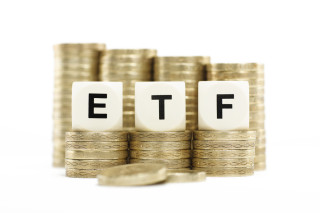
The FCA definition of an ETF is ‘An open-ended investment fund which tracks certain indexes and is bought and sold on an exchange rather than through a fund manager.’ Effectively an ETF is a hybrid of a pooled investment fund (in particular an index tracker) and a share. This is similar in context to an Investment Trust but instead of investing in a spread of assets and regions an ETF will be dedicated to a specific index such as the FTSE 100. Where the two differ is that an investment trust is a closed ended fund whereas the ETF is open. So essentially then the ETF is set up like a normal investment fund but whose shares for a retail client are listed on a ‘listed’ stock exchange and purchased via a stock broker.
Because of the general lack of active management they can give investors cheap and efficient access to a wide range of different indices, sectors and even commodities.
Units of an ETF can be purchased at any time (so long as the stock market is open) during the day (but a stockbroker does need to be used) as a result the price can change regularly based on this buying and selling, also as well as being held directly they can be held via a wrapper such as an ISA, SIPP, SSAS, offshore bond or child trust fund
It must be remembered that ETFs come in many different guises as they can use differing methods of tracking an index i.e.
Full index replication
The ETF will hold all the constituents of the index in the same proportion as the index.
Sampling replication
The ETF will hold a sample of the constituents of the index which it is replicating. This could mean the ETF does not fully replicate the index and may return more or less.
Synthetic replication
This involves the use of SWAPS and consequently there is a counter-party risk. The ETF buys investments that may not be within the index the ETF is tracking. It then swaps the return on these investments for the return on the index.
In addition to this there are more complex version which can involve high risk strategies such as gearing so that for every £100 put in the fund the fund will borrow additional monies so that more than original £100 is invest (i.e. the fund may borrow £100 so £200 in total is invested) this works well if the investment increases in value, as you would get nearly double the return (based on amount borrowed meaning £200 invested) but if it falls you loss twice as much and could lose all the investment.
As you can see the more complex the structure the higher the investment risk involved.


